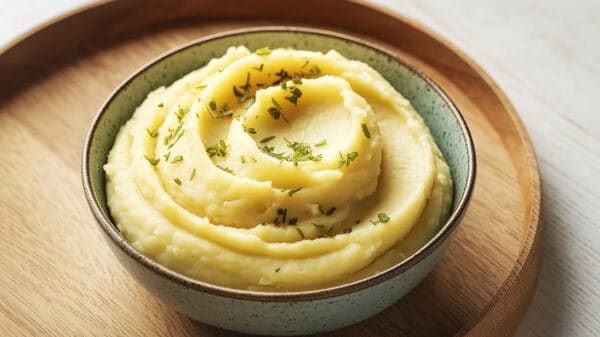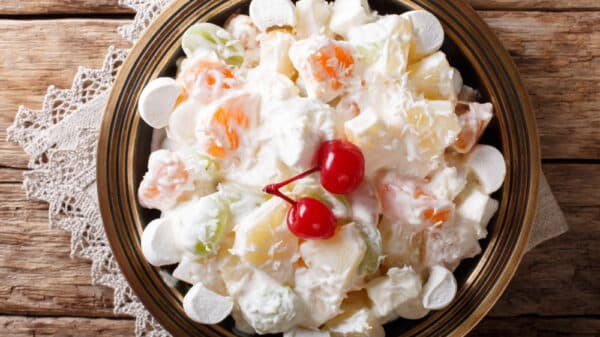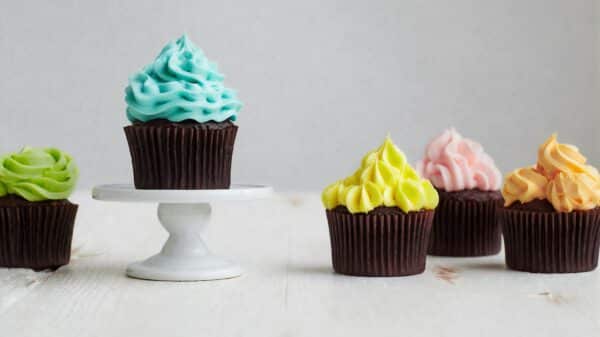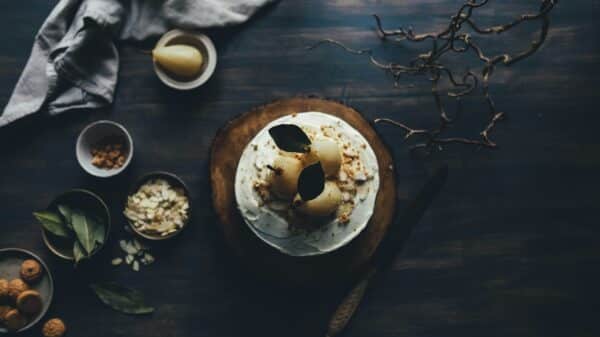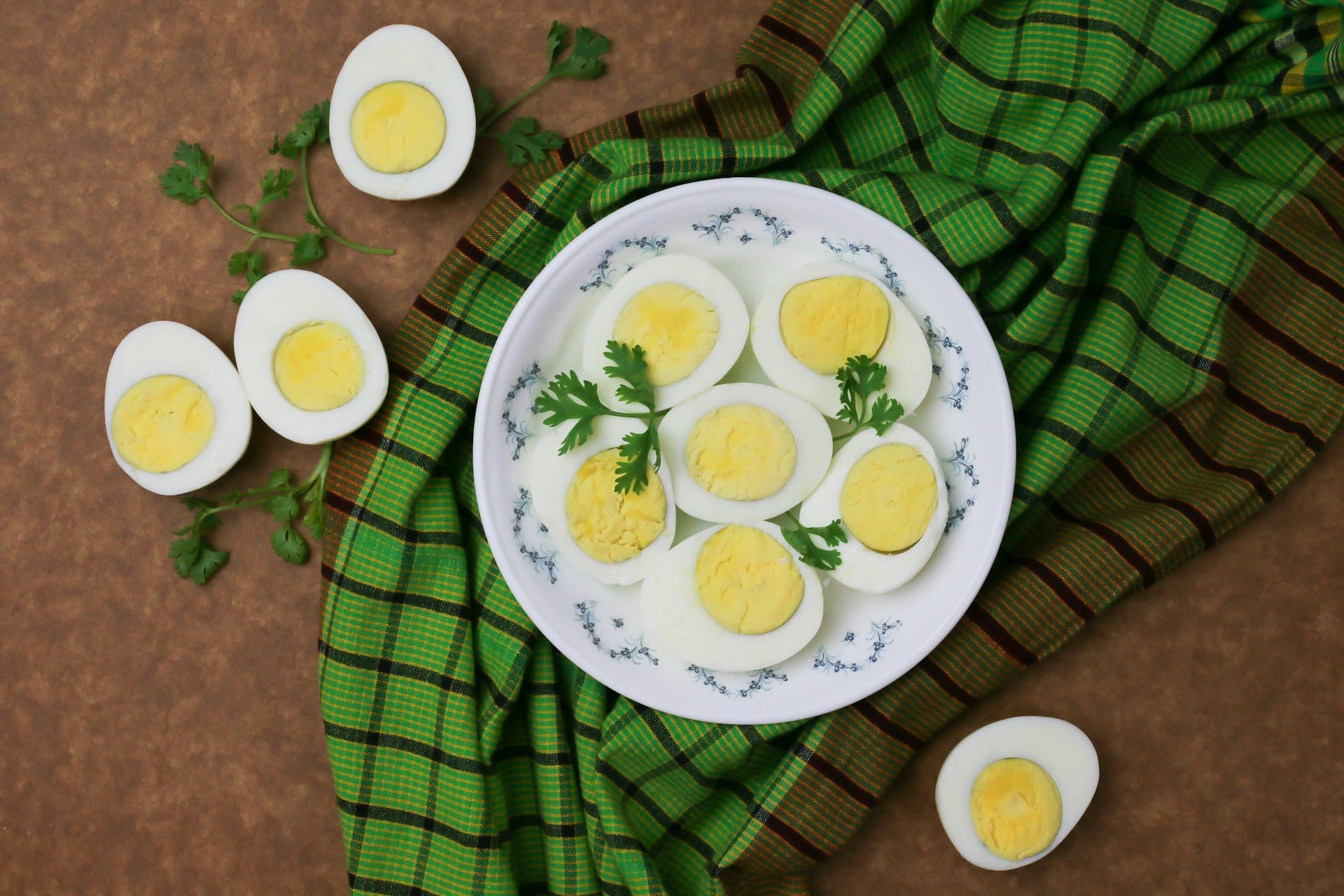Soft-boiled eggs are a culinary delight, known for their creamy, jammy yolks that elevate many dishes, from ramen to luxurious egg salads. Achieving that perfect soft-boiled egg requires precision not just in cooking but also in peeling, which can often be a real challenge. Here’s a comprehensive guide to perfecting your soft-boiled eggs and overcoming peeling hurdles.
Boiling Soft-Boiled Eggs: Getting It Right
The first step in the journey toward perfect soft-boiled eggs is boiling them just right. Timing is crucial: typically, a boiling time of around 6 to 7 minutes results in a soft, runny yolk. Start with cold eggs, gently placing them in simmering water. Avoid a vigorous boil, which can jostle the eggs and lead to cracks.
The Peeling Quandary
Once boiled, the real test begins—peeling the egg. Soft-boiled eggs have a delicate white that can tear easily, making them challenging to peel. To alleviate this frustration, a simple yet effective hack is to slightly crack the shell before transferring the eggs to an ice bath. This technique, advised by egg expert Lindsay Chastain, allows cold water to enter between the shell and the egg’s membrane, facilitating easier peeling. Just a subtle crack is necessary; too much can compromise the integrity of the egg.
The Ice Bath: A Crucial Component
One of the most important aspects of making soft-boiled eggs is the ice bath. Not only does this chilling process stop carry-over cooking, ensuring that your yolks remain soft, it also aids in peeling. The sudden drop in temperature contracts the egg whites slightly, helping them detach from the shell more easily.
After boiling, immediately transfer the eggs to an ice bath for a minimum of one minute and up to 15 minutes. The cold water helps the shell loosen its grip on the egg, making it easier to remove.
Fresh Eggs vs. Older Eggs
Interestingly, the age of the eggs can significantly affect your peeling success. Fresher eggs tend to be more challenging to peel due to the pH balance in the egg whites that keeps them more closely attached to the shell. If you find yourself struggling, consider using eggs that have been in your fridge for a week or so; they will usually peel more easily.
Final Thoughts
Soft-boiled eggs can transform a simple meal into a gourmet experience, but the journey to mastering them involves more than just boiling water. By employing techniques like the strategic cracking of the shell and using an ice bath, you can achieve impeccable results. Remember, a bit of patience goes a long way—take the time to experiment with boiling and cooling times to find what works best for you. With practice, your soft-boiled eggs will be perfect every time, adding a delightful touch to your culinary creations.
Image Source: Unsplash

